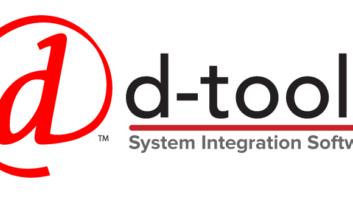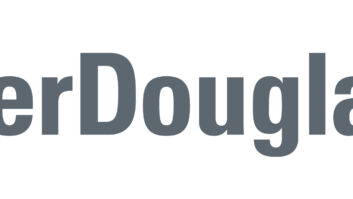The Professional Audio Video Retailers Association (PARA) will celebrate its 25th anniversary at its convention here this week by becoming a division of the Consumer Electronics Association (CEA).
PARA president John Flanner said the two associations have signed a letter of intent to make PARA a fully sanctioned division of CEA with an independent board elected by PARA retail members. PARA will also gain a seat on the CEA board.
CEA is currently performing due diligence in reviewing PARA’s organizational and financial records, Flanner said, but the two groups’ goal is to complete the changeover on June 1.
He said the change will produce “a greater voice for the specialty community in CEA” and enable members to “work more closely on issues with manufacturers.” The change will also provide PARA with “access to a greater level of financial and intellectual resources for us to help specialty audio/video dealers with their business development.”
The decision to become a CEA division emerged during PARA board discussions about the association’s role during the next three to four years, Flanner said. Those discussions grew out of discussions on a “strategic plan” to find a replacement for executive director Deborah Smith, who is leaving the association to start a consulting company after almost 12 years, he noted.
The decision to hook up with CEA was driven in part by the proliferation of buying groups for audio/video specialists, Flanner said. There were no specialty buying groups when PARA was founded in 1979, and the buying groups are offering some of the same types of dealer services as PARA does, including credit programs and promotion materials.
With the change, PARA will “become the voice of the entire specialty channel,” whereas buying groups represent only segments of the channel, he continued. “PARA is the channel,” he said emphatically. “This creates a structure for the channel to be represented and have a dialog with the manufacturer community in a real supportive way.”
The change will “raise our visibility, stature and resources to help maintain professionalism within the segment,” Flanner continued. Nonetheless, he added, “there was no financial need for it to happen,” given the generosity of suppliers who as associate members “greatly subsidized” PARA’s educational efforts. Becoming a part of CEA, however, will provide “a more formal, stable financial future,” he continued.
Under CEA, PARA will focus more than ever on “the educational needs and needs to develop the business acumen of specialty dealers,” Flanner said. In fact, after the merger, CEA will create an education account to pay for new educational offerings separate from PARA’s annual conference, he said in a letter to members.
Also under CEA, PARA’s current dues structure, dealer programs and board will remain in place, and CEA will produce PARA’s annual conference. The PARA board will continue to be chosen by members and will be in charge of membership criteria, he said.
Suppliers that are current associate members of PARA will remain associate members through the end of the year, when they will be asked to become CEA members. The “vast majority” of PARA associate members are already CEA members, he said.
The two associations will work together “to develop staff relations” in the coming weeks, Flanner said.
CEA’s absorption of PARA is not without precedent. In the 1990s, CEA absorbed another dealer association. That one, the Mobile Electronics Association, formerly the Car Audio Specialists Association, also became a CEA division.
PARA was the consumer electronics industry’s first management association for independent specialty audio retailers. In 1979, founder and first president Walter Stinson and like-minded specialists formed PARA to improve the business skills of independent audio specialists when the economy was in disarray and major consumer electronics suppliers had significantly tightened their credit terms.
Since then, PARA evolved with the changing audio times. PARA targeted its education and support programs to help members position themselves to thrive when high-volume chain stores grew increasingly aggressive in the market. PARA later provided guidance to help members transform their businesses into home theater businesses. Most recently, the association has been helping dealers diversify successfully into the custom home installation business.












